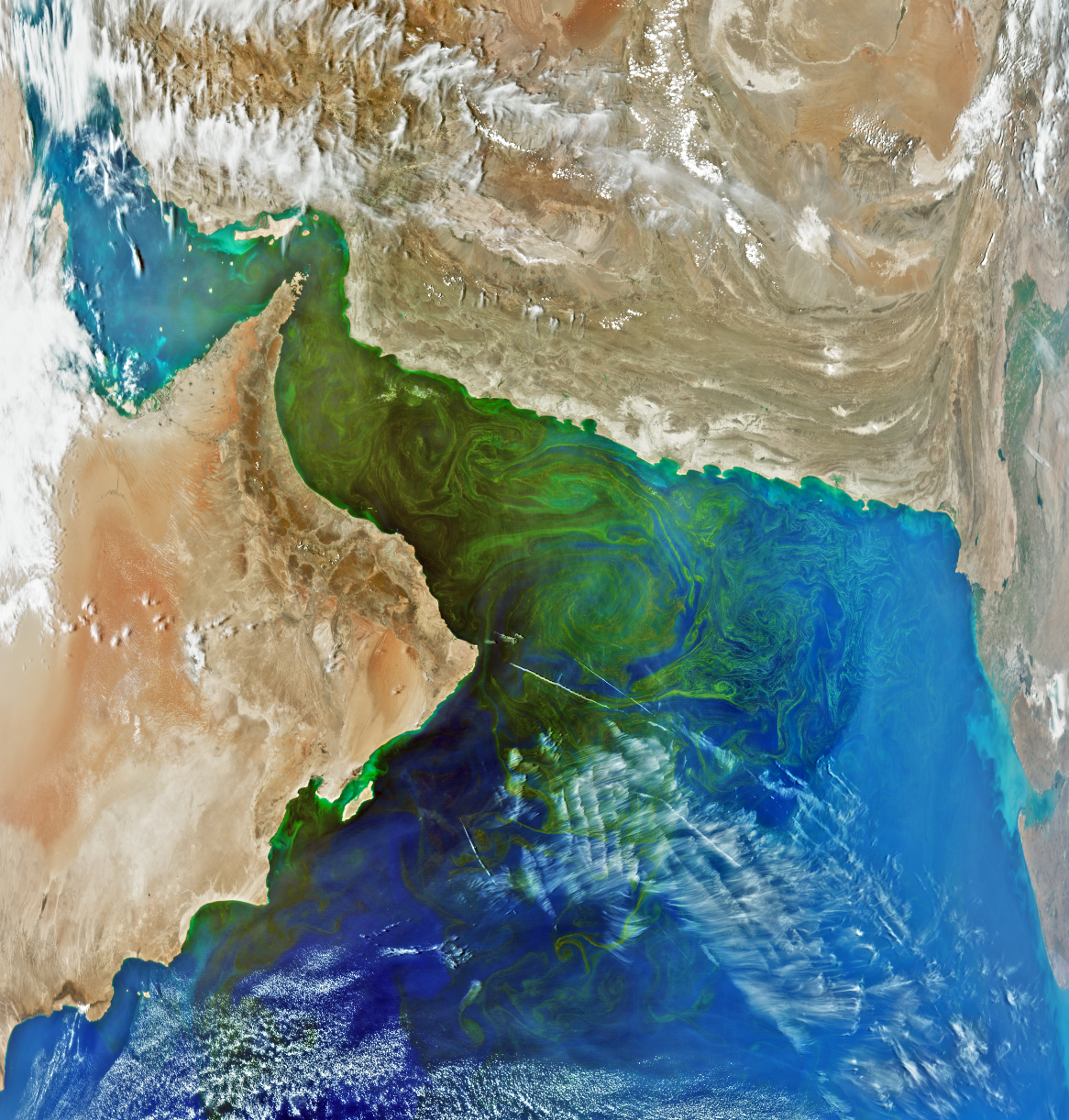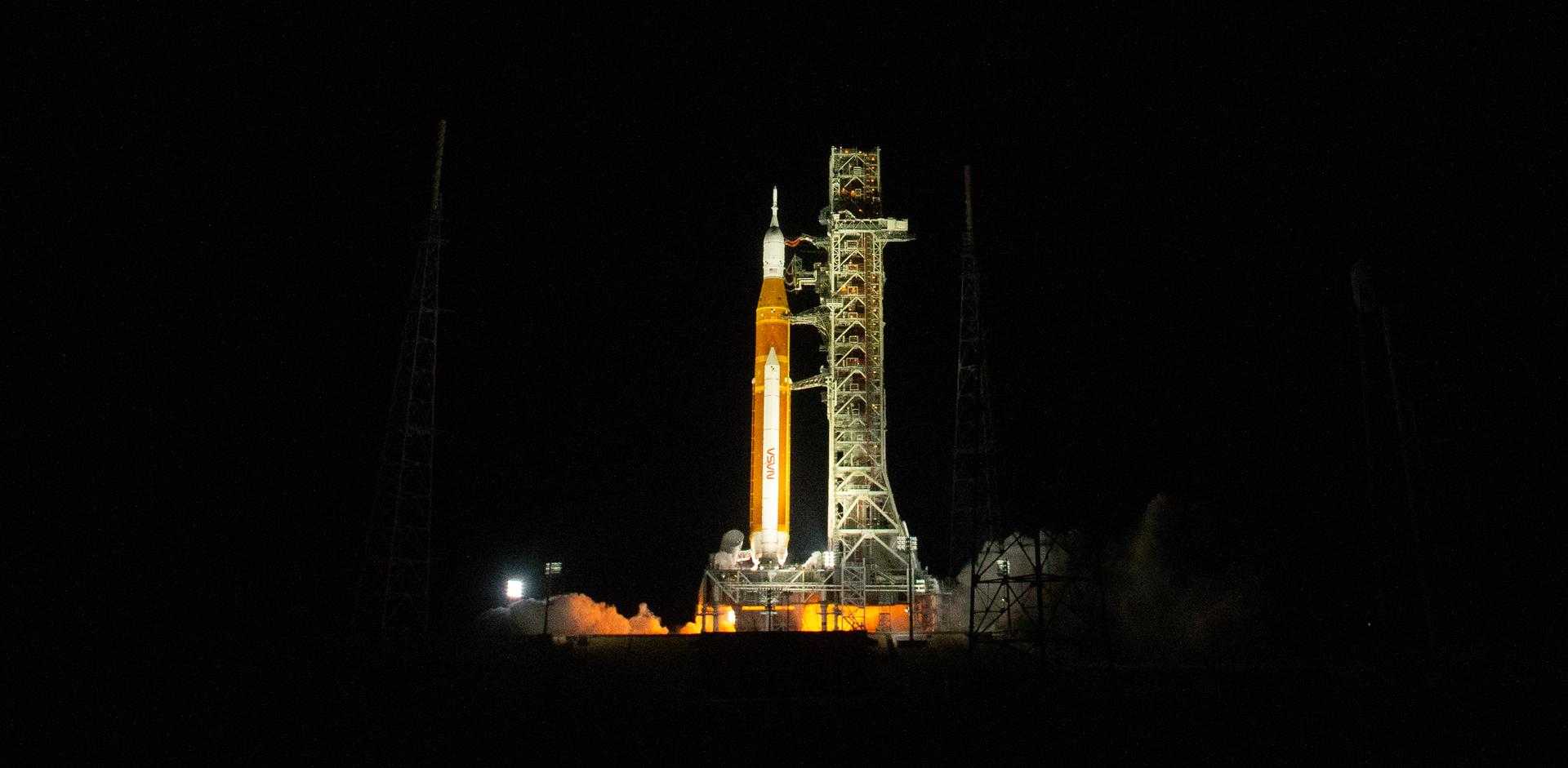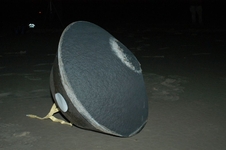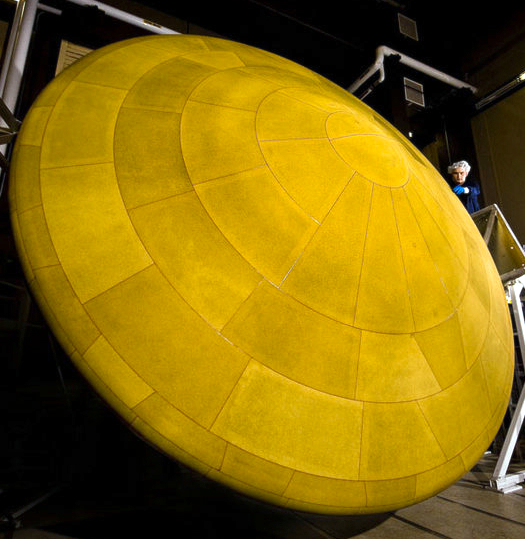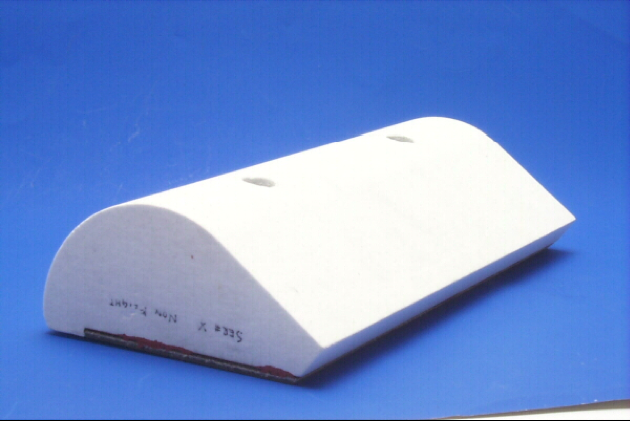Ablators are classified as materials that are used up or depleted during operation. Material loss may be due to melting, subliming, vaporizing, spalling, erosion, and other ablative processes. Many ablative materials pyrolyze and char, which helps mitigate the heat load. The Thermal Protection Materials Branch developed Phenolic Impregnated Carbon Ablator (PICA) and Silicone Impregnated Reusable Ceramic Ablator (SIRCA) which won NASA’s 2007 Government Invention of the Year Award.
Phenolic Impregnated Carbon Ablator (PICA)
PICA was developed at NASA Ames Research Center in the 1980s for the forebody heat shield of the Stardust Return Capsule. With a low density (~0.27g/cm), coupled with efficient ablative capability at high heat fluxes, PICA became an enabling technology for the Stardust mission. At the time of the mission, PICA was a developmental material, with no previous flight heritage. For missions with high heat flux, a lower overall mass can be obtained if the Thermal Protection System (TPS) composition changes from a carbon-based ablator at the heated surface to an insulator near the inner surface. This new process delivers a graded surface-densification application to PICA allowing for optimized performance and TPS weight reduction. The desired surface densification is adaptable in terms of density of the applied surface treatment and depth of the surface treatment.
Benefits:
- Much lower density than other carbon/phenolic systems
- Efficient ablative capability at high heat fluxes
- Design optimization using composite response surfaces
- Improved robustness
- Applied without having an effect on the final tolerance
- Optimization of surface densification as needed
- Allows for monolithic and multi-tile thermal protection system designs for planetary entry or re-entry heat shield applications
Applications:
- Space exploration
- Systems engineering
- Thermal Protection Systems
- Materials engineering
- Mechanical engineering
Heritage:
- Stardust: fastest Earth entry (12.9 km/s, 2006)
- SpaceX’s Dragon: 1st successful commercial reentry from low Earth orbit (LEO) (2012)
- Mars Science Laboratory: Mars entry (2012)
Silicone Impregnated Reusable Ceramic Ablator (SIRCA)
SIRCA is a fibrous silica substrate with a silicone impregnant. SIRCA has a density of 0.22 – 0.40 g/cc. and allows for reusable TPS in environments < 1000° F. SIRCA is easy to manufacture/machine, accommodates complex interfaces and penetrations, and is inherently waterproof. Typical applications include single use for acreage and leading edge surfaces expecting heat fluxes < 200 W/cm² and reusable TPS for environments < 1000° F with ablative capability reserved for aborts.
Heritage:
- Backshell interface plate (Mars Pathfinder, Mars Exploration Rover).
- Transverse Impulse Rocket System covers (MER).















